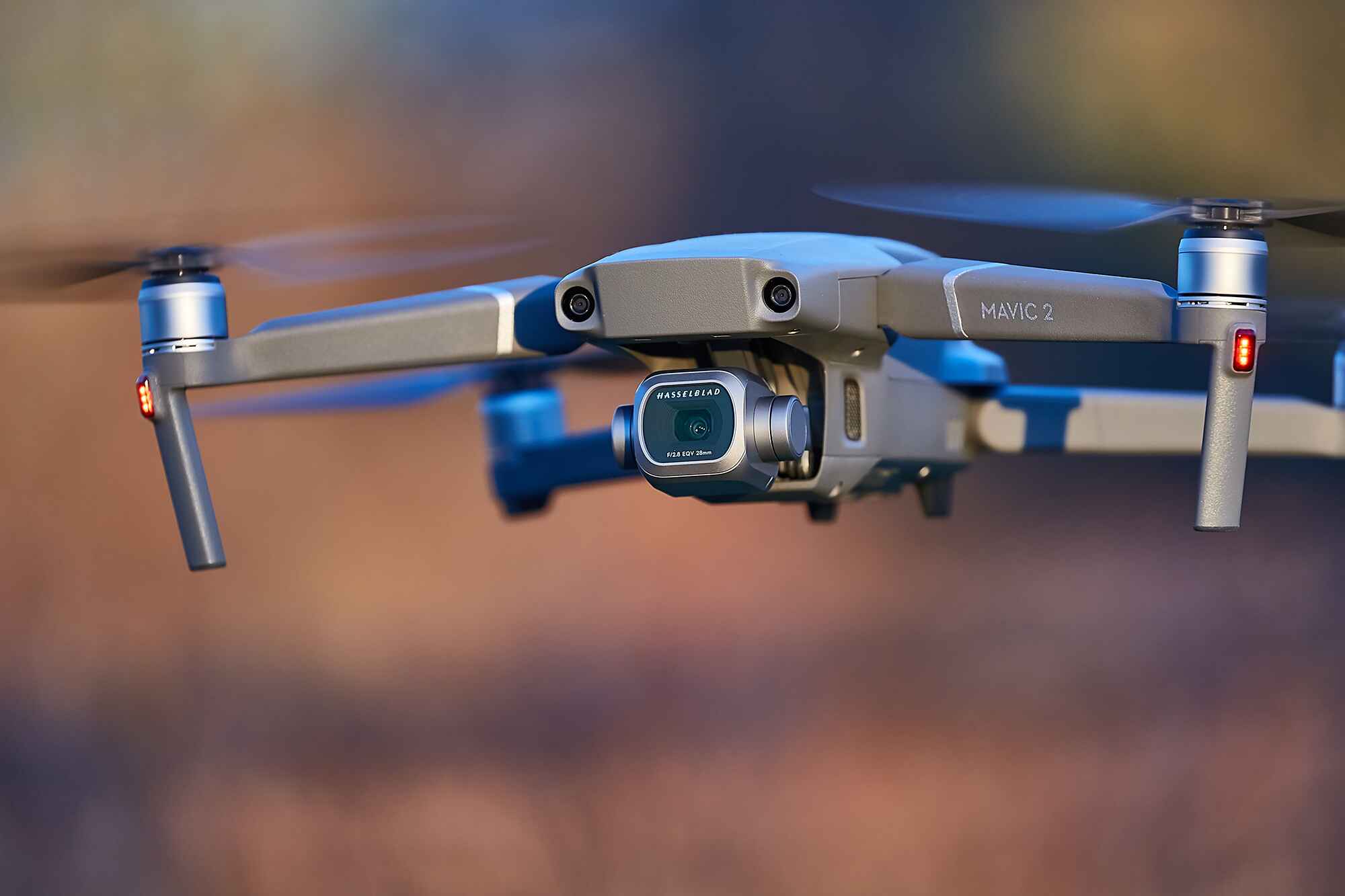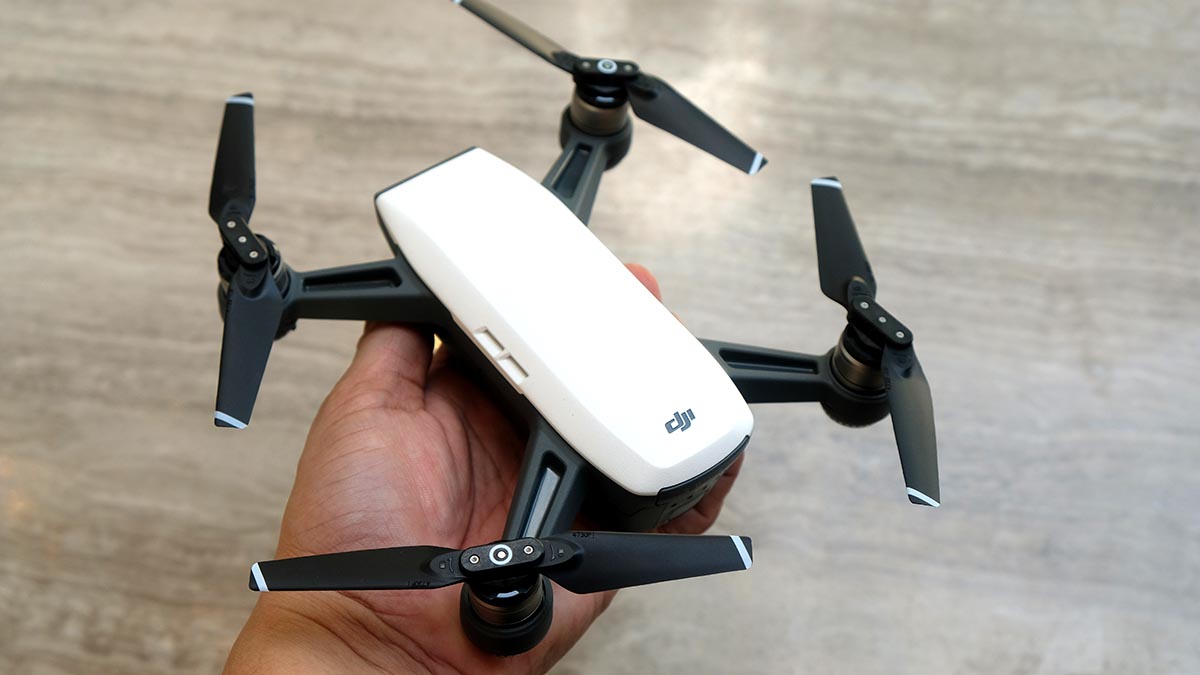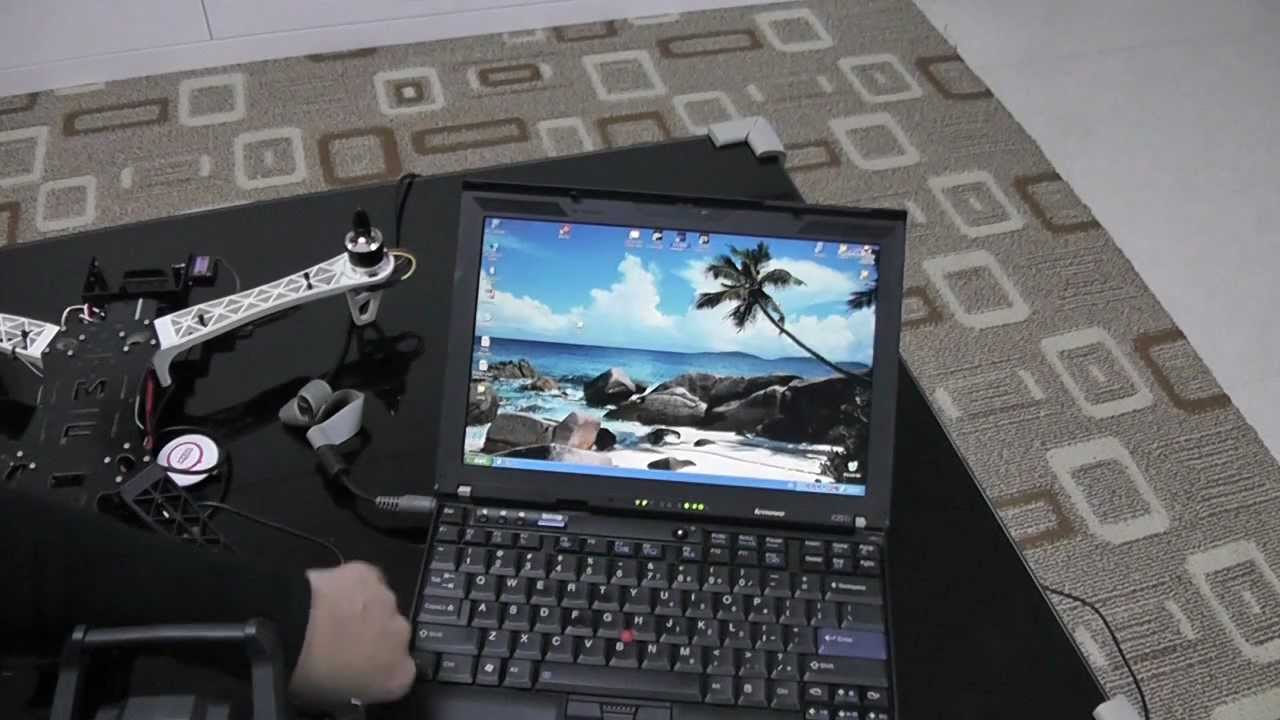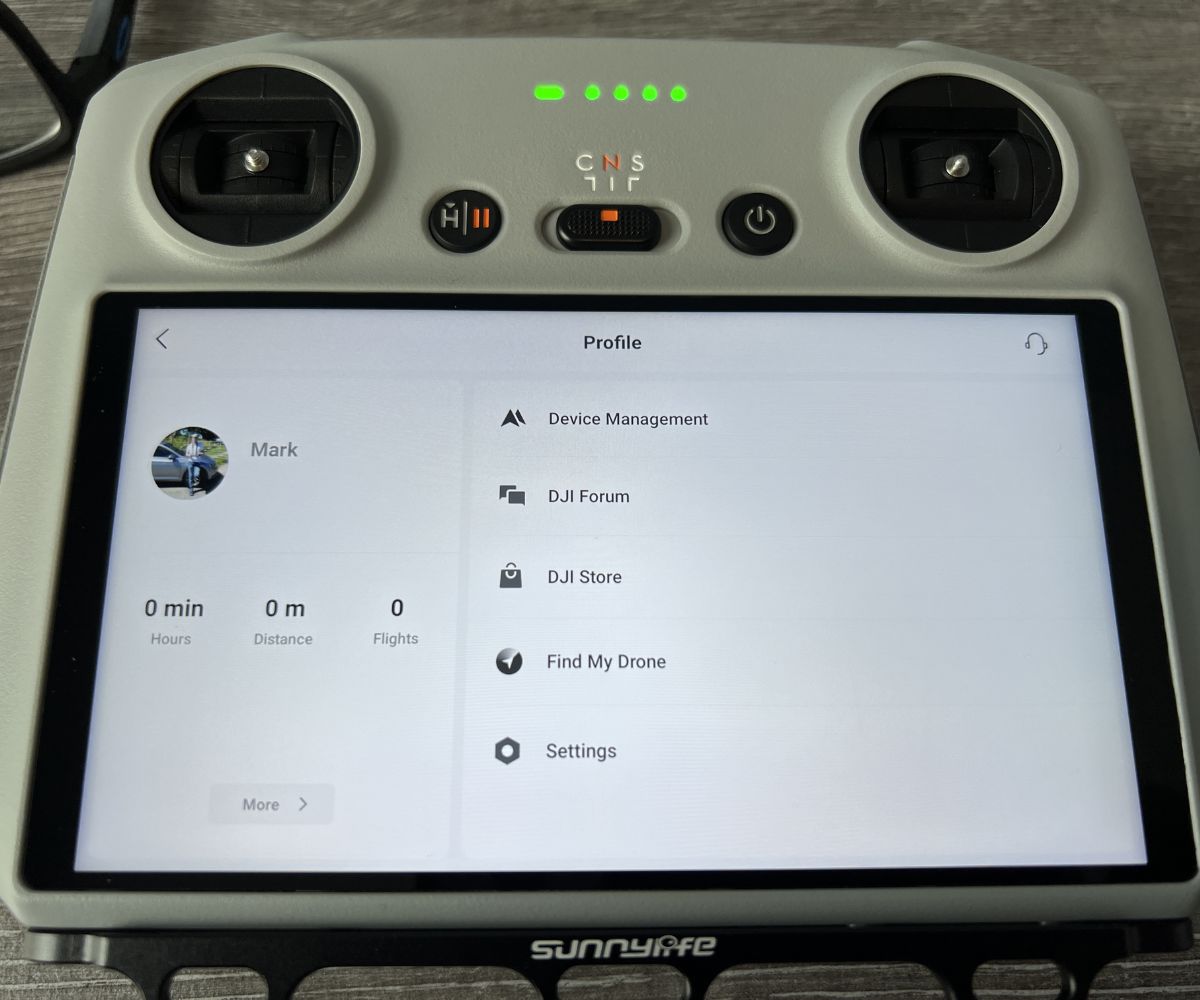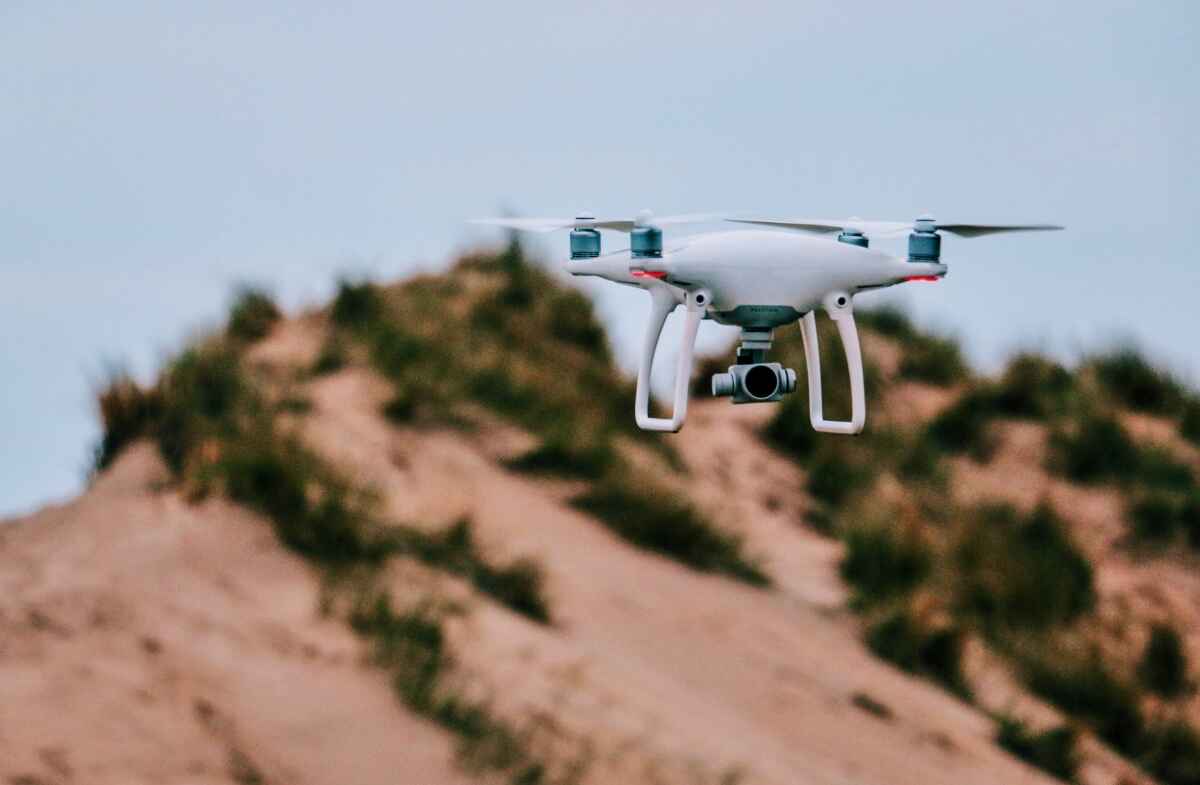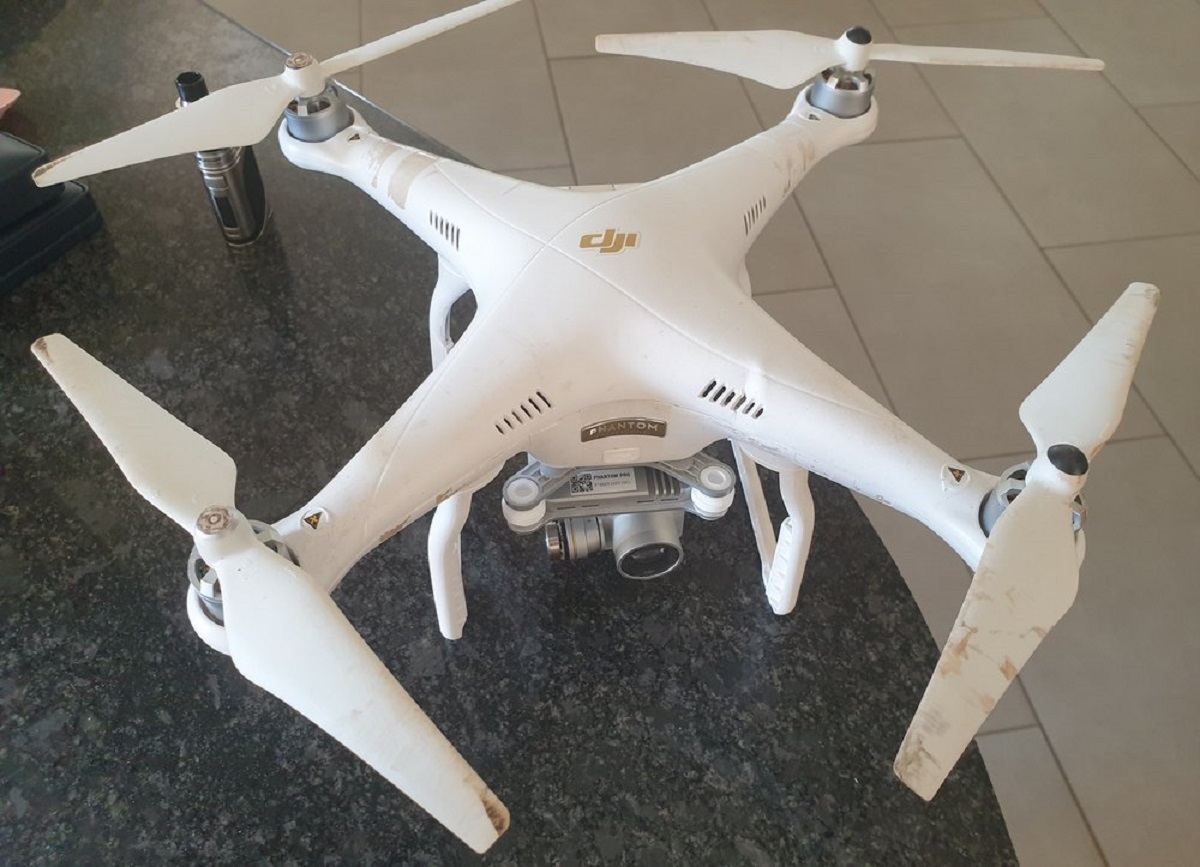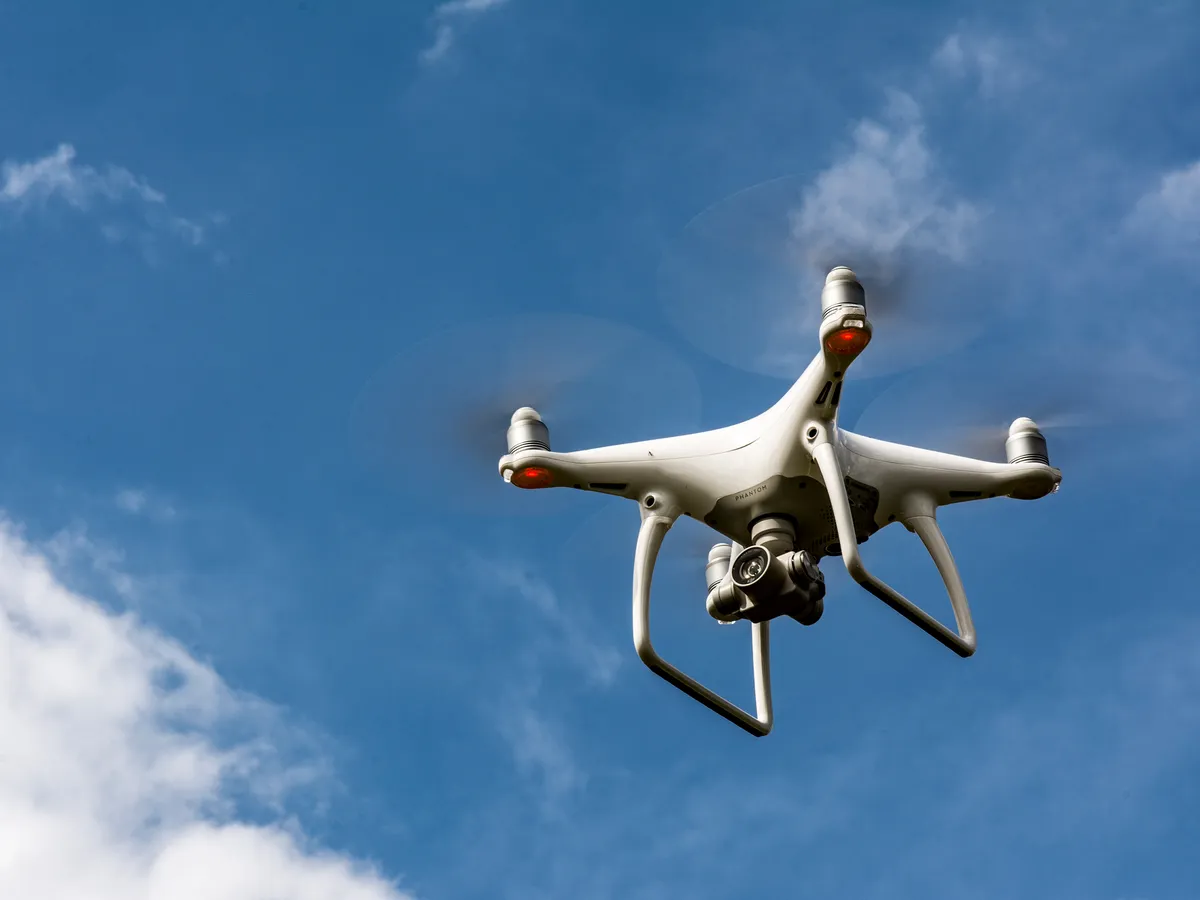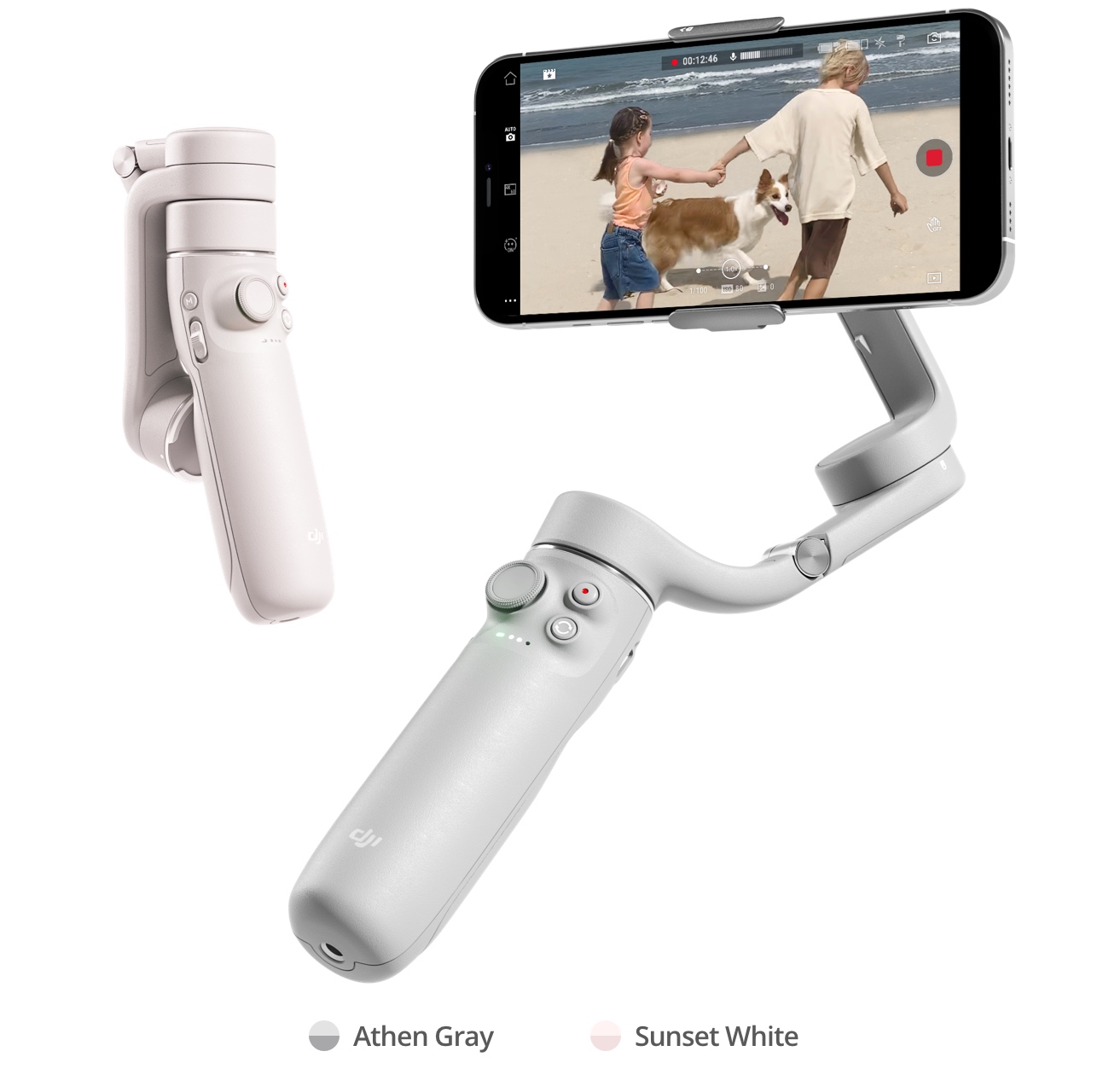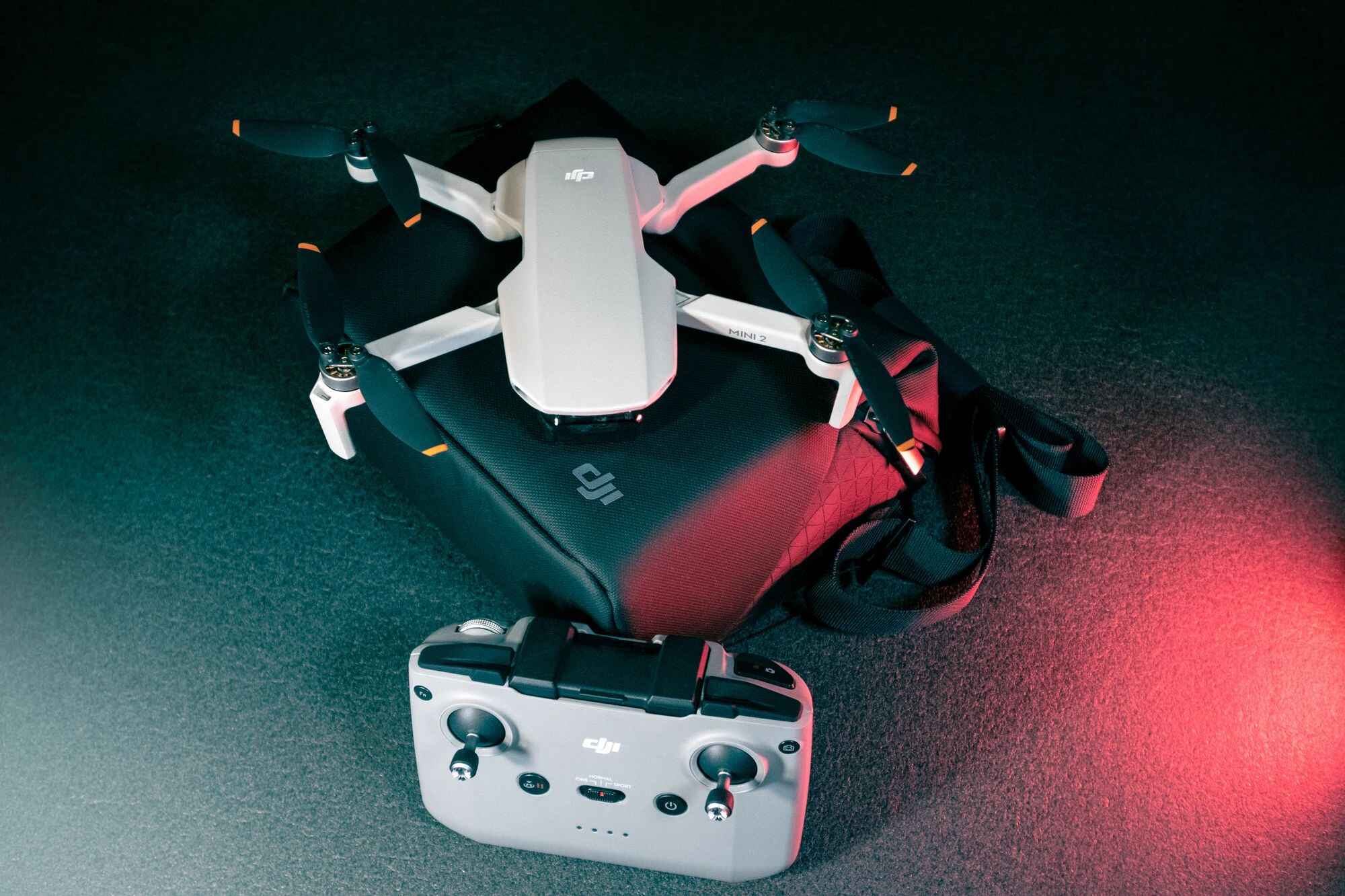Introduction
Welcome to the exciting world of DJI drones and their Attitude Mode. If you are a drone enthusiast or a professional aerial photographer, you’re probably familiar with various flight modes that these incredible machines offer. Attitude Mode is one such mode that grants you more control over your drone and allows for precise maneuvers in the air.
Attitude Mode, also known as Manual mode, is a flight mode that offers a high degree of manual control over the drone’s movements. In this mode, the drone doesn’t rely on GPS or other sensors to stabilize its position, unlike other standard flight modes.
Instead, Attitude Mode gives the pilot complete authority to control the drone’s orientation, speed, and direction. It provides a raw, immersive flying experience that is highly sought after by drone enthusiasts and professionals alike.
Whether you want to perform aerobatic stunts, capture cinematic shots, or simply want to have maximum control over your drone’s movements, Attitude Mode is the perfect choice. In this article, we will explore what Attitude Mode is, how it works, its advantages and limitations, and how to use it with DJI drones.
So, fasten your seatbelts and get ready to soar to new heights of drone piloting mastery as we delve into the fascinating world of Attitude Mode!
What is Attitude Mode?
Attitude Mode, also referred to as Manual Mode, is a flight mode available on DJI drones. Unlike the more common Intelligent Flight Modes that rely on GPS and other sensors for stabilization, Attitude Mode hands over complete control to the pilot. In this mode, the drone does not actively maintain its position or altitude but instead allows the pilot to have direct control over its orientation and movements.
The term “Attitude” in Attitude Mode refers to the drone’s orientation in relation to the horizon. When flying in this mode, the drone will hold its current attitude or orientation until the pilot inputs new commands. This provides a more immersive and responsive flying experience, enabling pilots to execute precise maneuvers and capture unique shots.
Attitude Mode is particularly useful for experienced pilots who want to push their flying skills to the limit and perform advanced aerial maneuvers. It allows for greater creativity and flexibility in capturing shots that require a more dynamic flight path or specific framing. Additionally, the absence of automated stabilization systems allows for a more raw and authentic flying experience, giving pilots a greater sense of control over their drone.
It’s important to note that flying in Attitude Mode requires a certain level of skill and experience. Pilots must have a good understanding of how their drone responds to different inputs and be prepared to actively manage its flight parameters, such as maintaining altitude and avoiding obstacles manually. The absence of automated assistance in Attitude Mode means that pilots need to be more aware of their surroundings and have quick reflexes to avoid potential collisions or other hazards.
Now that we have a basic understanding of Attitude Mode, let’s explore how it works and the advantages it offers.
How does Attitude Mode Work?
Attitude Mode works by giving the pilot full control over the drone’s orientation and movements, without the assistance of automated stabilization systems. In this mode, the drone relies solely on the pilot’s inputs to adjust its pitch, roll, and yaw.
When the drone is in Attitude Mode, it uses its internal gyroscope and accelerometer to sense its movements and maintain its current attitude. As the pilot inputs commands through the controller, the drone responds by adjusting its motor speeds to achieve the desired orientation and movement.
Unlike other flight modes that rely on GPS or vision sensors for stabilization, Attitude Mode does not actively maintain position or altitude. This means that as the pilot maneuvers the drone, it will drift with the wind and may experience altitude changes based on throttle inputs.
While Attitude Mode offers increased manual control, it also requires the pilot to have a greater understanding of the drone’s flight dynamics. Pilots must be conscious of factors such as wind speed, drone weight, and battery power to maintain stability and avoid potential accidents.
One crucial aspect of Attitude Mode is that it does not restrict the pilot from performing aggressive maneuvers or flying beyond the normal flight envelope. This freedom allows experienced pilots to execute aerobatic stunts, capture action-packed footage, or explore unique flight paths that would not be possible with other flight modes.
It’s worth noting that Attitude Mode requires active piloting and constant input from the pilot to maintain control. The lack of automated stabilization means that the pilot must continuously adjust the drone’s movements to keep it stable and avoid drifting off course.
Overall, Attitude Mode provides a hands-on flying experience, allowing pilots to have complete control over their drone’s orientation and movements. It empowers them to explore the full capabilities of their drone and unleash their creativity in capturing breathtaking aerial shots.
Advantages of Attitude Mode
Attitude Mode offers several advantages that make it an appealing option for drone pilots seeking maximum control and flexibility. Let’s take a look at some of these advantages:
- Enhanced Maneuverability: Attitude Mode grants pilots full manual control over their drone’s movements, allowing for more precise and agile maneuvers. This enables pilots to execute aerobatic stunts, fly in tight spaces, and capture dynamic footage that would be challenging or impossible using other flight modes.
- Greater Responsiveness: By eliminating automated stabilization systems, Attitude Mode offers a more responsive flying experience. Pilots have immediate control over the drone’s orientation, which enables quick adjustments and fluid transitions between different flight paths. This enhanced responsiveness can be crucial when capturing fast-paced action or trying to capture shots with a specific framing.
- Creative Freedom: With Attitude Mode, pilots have the freedom to explore their creativity and push the boundaries of aerial photography. Whether it’s capturing cinematic shots with dramatic movements or experimenting with unique angles and framing, Attitude Mode allows for more artistic expression and versatility in capturing breathtaking aerial footage.
- Authentic Flying Experience: Attitude Mode provides a more raw and immersive flying experience. Without automated stabilization, pilots need to actively manage the drone’s movements, making every flight more engaging and challenging. This hands-on approach can be highly rewarding for experienced pilots who enjoy the thrill of directly controlling their drone’s flight.
- Improved Battery Life: Since Attitude Mode disables certain automated features, such as GPS positioning and obstacle avoidance, it can help conserve battery life. By flying in this mode, pilots can extend their flight time, allowing for longer periods of exploration and aerial photography.
These advantages make Attitude Mode a preferred choice for experienced pilots who are seeking greater control and creative freedom in their drone flights. However, it’s important to note that flying in Attitude Mode requires a higher level of skill and awareness, as pilots must actively manage their drone’s movements and be mindful of potential obstacles or hazards in the environment.
Limitations of Attitude Mode
While Attitude Mode offers a range of advantages, it does come with some limitations that pilots should be aware of. Here are a few key limitations to consider:
- Lack of Automated Stabilization: One of the main limitations of Attitude Mode is the absence of automated stabilization systems. This means that the drone will not actively work to maintain its position or altitude. Pilots must manually adjust the drone’s movements to avoid drifting or altitude changes, which requires a higher level of skill and attention.
- Increased Risk of Accidents: With greater control comes a higher risk of accidents. The responsibility is entirely on the pilot to maintain control over the drone, avoid collisions, and navigate safely. Pilots must have a solid understanding of flight dynamics and be prepared to respond quickly to unexpected situations.
- Dependence on Pilot Skill: Attitude Mode requires a higher level of piloting skill compared to other flight modes. Pilots must have a good grasp of the drone’s manual control inputs and understand how different commands affect the drone’s flight behavior. It may take practice and experience to become proficient in flying in Attitude Mode.
- Greater Sensitivity to Environmental Factors: Flying in Attitude Mode exposes the drone to the effects of environmental factors, such as wind. Since the drone does not use GPS or other sensors for stabilization, it can be more sensitive to gusts of wind, leading to potential instability or loss of control. Pilots must carefully assess the weather conditions and avoid flying in adverse conditions.
- Reduced Features and Assistance: Attitude Mode disables certain features and assistance systems available in other flight modes, such as GPS positioning, obstacle avoidance, and automated flight paths. Pilots will need to compensate for these missing features by manually adjusting the drone’s position and flight path, which requires more effort and attention.
It’s crucial for pilots to be aware of these limitations and understand their implications before flying in Attitude Mode. By doing so, pilots can take necessary precautions and make informed decisions to ensure safe and successful flights.
How to Use Attitude Mode with DJI Drones
If you’re ready to experience the thrill and control of flying in Attitude Mode with your DJI drone, here’s a step-by-step guide to help you get started:
- Enable Attitude Mode: First, ensure that your DJI drone is powered on and connected to the remote controller. Access the flight mode settings on your drone’s control app or controller, and select Attitude Mode. This will activate the manual control mode for your drone.
- Comprehensive Pre-flight Check: Before taking off in Attitude Mode, it’s crucial to perform a thorough pre-flight check. Ensure that the drone’s battery is adequately charged, all components are securely attached, and the propellers are in good condition. Take note of any software updates or important safety notices provided by DJI.
- Familiarize Yourself with Manual Controls: Familiarize yourself with the manual controls available on your DJI drone’s remote controller. Understand how the control sticks manipulate the drone’s pitch, roll, and yaw. Practice controlling the drone’s movements in a safe and open area to get a feel for Attitude Mode’s responsiveness.
- Start with Careful Flight: When flying in Attitude Mode for the first time, start with gentle and controlled movements. Gradually increase your confidence and experiment with different maneuvers as you become more comfortable. Maintain a safe altitude and distance from obstacles to minimize the risk of accidents.
- Anticipate and Respond Quickly: Without automated stabilization systems, Attitude Mode requires pilots to be proactive and react swiftly to changes in the drone’s position. Keep a close eye on the drone’s movements and anticipate any adjustments needed to maintain stability or avoid obstacles. Stay focused and ready to respond accordingly.
- Practice, Practice, Practice: Like any new flight mode, mastering Attitude Mode takes practice. Dedicate time to regularly fly in this mode to improve your piloting skills and become comfortable with the drone’s manual controls. Practice various maneuvers, such as sharp turns, controlled descents, and precision hovering.
- Stay Aware of Battery Life: Flying in Attitude Mode may consume more battery power compared to other flight modes since certain automated features are disabled. Keep a close eye on your drone’s battery level and be mindful of the remaining flight time. Plan your flights accordingly to avoid unexpectedly running out of power.
By following these steps and gradually building your skills, you’ll be able to enjoy the advantages of Attitude Mode and unleash your creativity in capturing stunning aerial shots with your DJI drone.
Tips for Flying in Attitude Mode
Flying in Attitude Mode can be an exhilarating experience, but it also requires a higher level of skill and attention. To help you make the most out of your flights and ensure a safe and enjoyable experience, here are some valuable tips to keep in mind:
- Start in Open Spaces: When flying in Attitude Mode for the first time or trying out new maneuvers, choose open areas with plenty of space. This will allow you to have greater visibility and reduce the risk of colliding with objects or obstacles.
- Maintain a Safe Altitude: Fly at a safe altitude to provide a buffer in case of unexpected movements or sudden changes in wind conditions. This will give you more time to react and help prevent unintentional crashes or collisions.
- Be Aware of Wind Conditions: Wind can have a significant impact on the stability and control of your drone. Before flying in Attitude Mode, check weather conditions and be mindful of strong gusts that can affect your drone’s flight. Avoid flying on excessively windy days to minimize the risk of losing control.
- Practice Hovering: Mastering the art of hovering is essential in Attitude Mode. Practice controlling your drone’s position and maintaining a steady hover at various heights and orientations. This will enhance your overall piloting skills and provide more stability when capturing aerial shots.
- Keep an Eye on Battery Life: Attitude Mode may consume more battery power compared to other flight modes due to manual control inputs. Monitor your drone’s battery level and plan your flight accordingly to ensure a safe return to home or landing point before the battery level becomes critically low.
- Use Visual Cues: Since Attitude Mode doesn’t rely on automated positioning systems, it can be helpful to use visual cues and landmarks to maintain orientation and navigate. Look for distinct features in the environment that can assist you in controlling the drone’s movements.
- Stay Alert and Prepared: Flying in Attitude Mode requires your full attention and quick reflexes. Be prepared for unexpected situations, such as sudden gusts of wind or unexpected obstacles. Stay focused, avoid distractions, and react promptly to any changes in flight behavior.
- Practice Flight Simulators: Utilize flight simulators or virtual training tools to practice flying in Attitude Mode. These simulations can help you develop your piloting skills, familiarize yourself with the manual controls, and experiment with various maneuvers in a risk-free environment.
Remember, practice makes perfect. Take the time to regularly fly in Attitude Mode, gradually pushing your limits and refining your piloting skills. With experience and practice, you’ll gain confidence and be able to unleash the full potential of your DJI drone in Attitude Mode.
Conclusion
Attitude Mode offers drone pilots a thrilling and immersive flying experience with maximum control over their drone’s movements. By relinquishing automated stabilization, pilots can showcase their skills and creativity to capture unique aerial shots. While Attitude Mode provides numerous advantages, such as enhanced maneuverability, responsiveness, and creative freedom, it also comes with some limitations that pilots need to be aware of.
When flying in Attitude Mode, it’s important to start in open spaces, maintain a safe altitude, and stay aware of wind conditions. Pilots should also practice hovering, monitor battery life, and use visual cues for orientation. Staying alert, prepared, and dedicating time for practice are essential to mastering Attitude Mode and becoming a proficient pilot.
Attitude Mode empowers experienced drone enthusiasts and professionals to push the boundaries of their aerial photography and videography. It offers an authentic flying experience, allowing pilots to unleash their creativity and capture breathtaking shots that would not be possible with other flight modes.
However, it’s crucial to remember that flying in Attitude Mode requires a higher level of skill, attention, and responsibility. Pilots should always prioritize safety, follow local regulations, and be considerate of their surroundings and airspace restrictions.
So, buckle up, prepare for an exciting journey, and let Attitude Mode take your drone flights to new heights as you explore the endless possibilities of aerial photography and videography!







